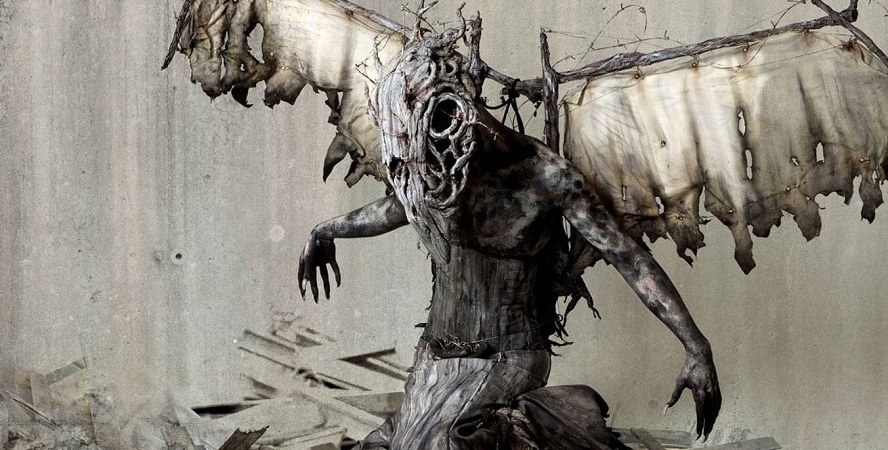
Photo Credit: Zelkjko Nedic and Amelia Arsenic; Shivr Wax Wings Will Burn
Aron Dosiak has studied at the Adelaide Central School of Art and the National Institute of Dramatic Art for sculpture and design. He’s worked freelance in the arts and entertainment industry building mechanical puppets, sets, props, prosthetics and make-up both for local and international productions. In the lead up to the In the House double screening of The Thing and The Blob next week, we caught up with Aron to talk about why Carpenter’s 1982 cult cinema classic The Thing is considered such a landmark in special effects history.
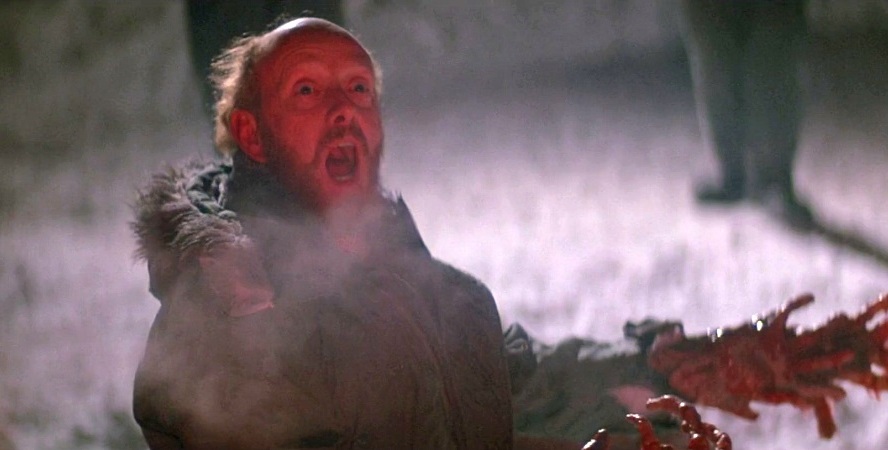
So in regards to special effects, what’s your opinion on Carpenter’s The Thing?
So here’s a guy, you know, the make‑up artist himself came out of nowhere. He had worked with the director previously on other films but he was only 22 when he made this film. His name was Rob Bottin and he had, sort of, built up a bit of a rapport with the director and the director said “look, I trust you that you can do this.” And he even pitched the idea that the creature would take on aspects of previous encounters with other creatures. So there’d be a lot of insects, there’d be rats; there were – perhaps even they were aliens… and it almost killed guy.
On the last day of shooting or close to the last day of shooting, the director came in looking for Rob and found him laying under a table and he’d actually been sleeping and he didn’t take a day off in the while they were shooting. He was actually pale and gaunt and the director said to him: “what are you doing? Take this guy to hospital; this guy’s dying”. And Rob Bottin laughs about it now and he says “I didn’t do that again; I’ve learnt the line.” But his efforts really show on the screen; really do. For the large part, they’re practical; for the large part they’re there. I mean it’s pretty amazing, you know?
It wasn’t that long before that that there was even an award for what’s now known as special effects make‑up because before that it was either make-up or special effects. There were certain pioneers like Dick Smith and Stan Winston and, of course, American Werewolf in London won that award for the first time. And the idea of taking visual effects – practical effects that you would use in front of the camera and applying it to make-up – so it wasn’t that long ago that it was sort of really crafted and really came into its element. And this film is some of the best of that; it holds up beautifully.
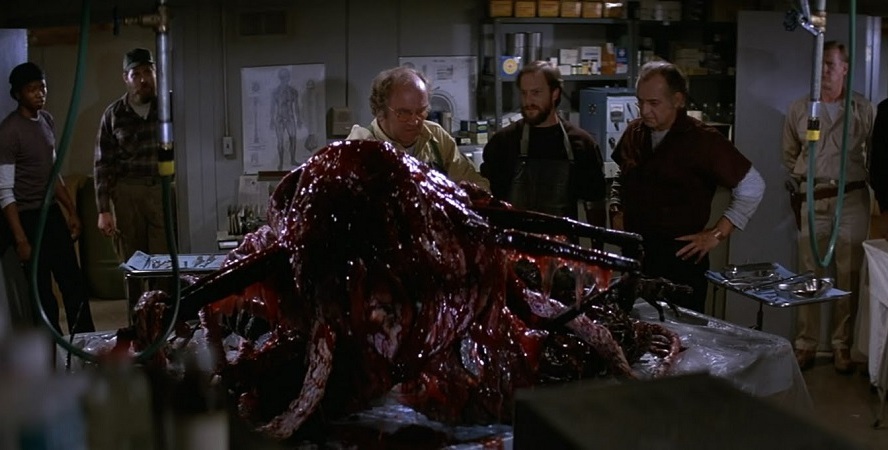
So that leads to the next question actually: so there was the 2011 remake which famously was panned by critics specifically also in regards to its special effects. So what is it about the effects in this film, which is now decades old, that many people consider to be seminal and still hold up compared to more contemporary work which has the benefit of things like CGI?
Well, the make-up effects – the special effects in the latest effects were actually practical initially. Tom Woodruff and Alec Gillis, Amalgamated Dynamics, from their angle, they built everything practical and they shot it practically. There was always the intent of putting a bit of CGI in there; a leg here, subtracting some structural work; some puppeteering rods but it was all done in camera. And then it’s hard to say how much it was the director and how much it was the producers but basically they decided that the film looked too 80s. Which is ironic because it’s meant to be, you know, in the 80s. So some of the best in-camera creature effects done to date were then covered CGI to the point where it all looks fake in my mind. Even the real stuff has a sort of CGI sheen or extra fire or extra tentacles and it completely masks the beauty of what was in-camera.
And the studio are very – chose their words very carefully at the time and I think they have to – you know being in the professional scene – but they weren’t happy. They went on to do another film where they used completely practical effects; unfortunately it didn’t have nearly the budget and it’s not quite as good. But as soon as you overlay something with CGI, I feel like an audience picks it. And I feel like where it’s easier to excuse something that’s practical, that’s physically; even if it’s not done amazingly. It’s easy to excuse that and take it for a degree of nostalgia than it is to try and excuse CGI that’s never there. And I’m not sure how much of that is me and an older audience being nostalgic in the way that maybe another audience are nostalgic for stop-motion but for all the people that I seem to talk to about it; they all tend to agree. But it doesn’t seem to stop directors; it doesn’t seem to stop producers wanting to throw in CGI at the last minute.
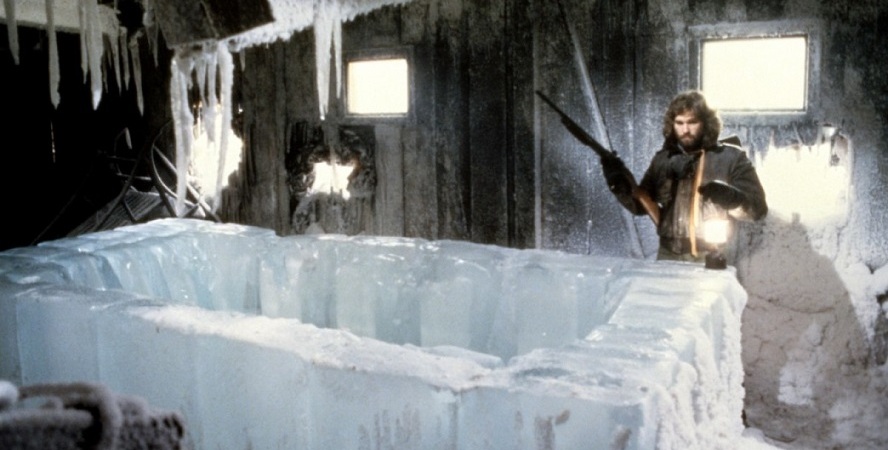
Well, it’s apparently the movie world’s saving grace; so something wasn’t done properly or they want something a bit extra: we’ll just slap on some CGI. Get some animators to fix it in post.
Right. And I don’t want to be a luddite about it; I do believe CGI has its place and I feel like it will keep advancing and it’ll get to an interesting area but I feel like there’s a degree in which film is now becoming more nostalgic. I feel like CGI is better placed in the gaming world;in the augmented reality world; in the virtual reality world and I feel like it feels a bit out of place in live action cinema; I feel like it might always feel a bit out of place. So because I feel like because it is so nostalgic; I feel like it needs to keep within its own language a little bit but that’s just my personal take.
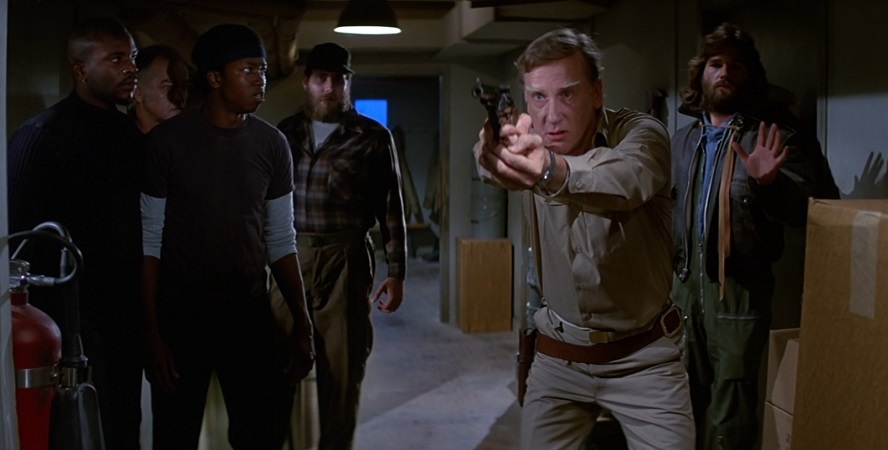
So here’s the last question: there’s a hypothetical new remake of The Thing that’s starting tomorrow, you’ve slated to work on it as head special effects, what would your contribution be to the production? Do you think that there is anything new that you can bring?
It’s really hard, isn’t it? Because it’s that old thing of as soon as you make a sequel, again directors; producers; even writers often make the mistake of “more is more”. They value quantity over quality so I feel like there’s a danger that you might want to expand on the creature in some way or reposition the creature; put it in the middle of a city. And I feel like it would destroy all the essence of what the story actually is and the story really is about claustrophobia. Both the original original, the Carpenter original, and also the remake – prequel – they’re about isolation and distrust.
So I feel like as much as I want to go crazy, I feel like making the reveals as intense as possible but also surprising. I would try to be restrained; I’d tried to be as clever as I could with the special effects and as visceral and as interesting and as dynamic and I would try to obviously, really enforce the in-camera; because I feel like that story really needs it, particularly. I’d really want to push that aspect but I feel like pulling your punches is really what that story needs.
To get to the tickets to the In the House sci-fi horror double screening , click here. We hope to see you there!

